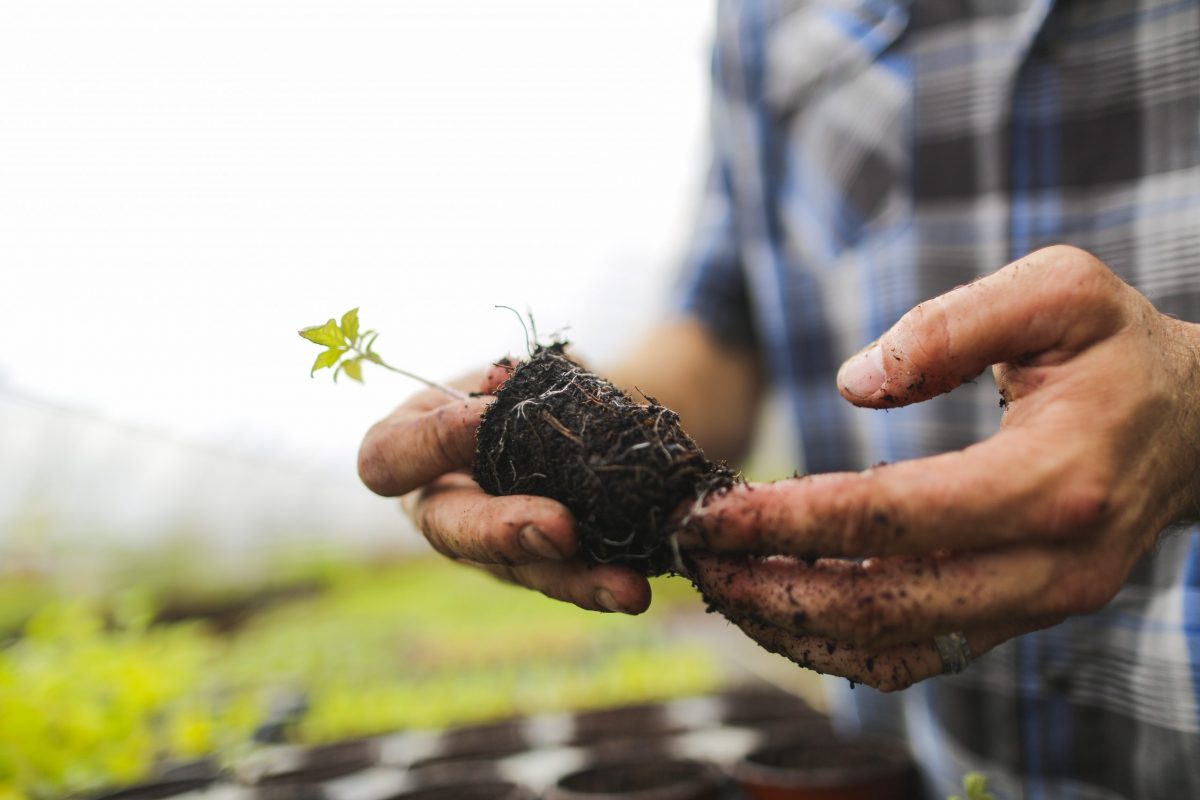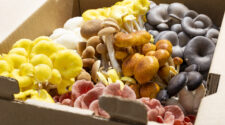by Jason McCobb A.K.A. Farmer Jay
I think nowadays people‘s perception and intentions with landscaping are changing, and now, more than ever, they need to be. I know first and foremost everyone wants an aesthetically pleasing landscape, but what are some other factors to consider? In order of importance, I consider these the top three factors.
1. Feed us
2. Feed nature
3. Shade, privacy, or wind block
Once you have decided all the details with regard to what you’re planting and where, you need to decide whether you’re going to be organic or conventional. I think for the most part everyone would be on board with going organic, however, it is difficult to find a company that will offer maintenance organically. This is a decision that needs to be made up front and, unfortunately to get the best result, it needs to be all or none. So, you may have to take matters in your own hands.
I encounter this problem quite often. For example, I’ll have a client who wants me to take care of their fruit trees organically, but the rest of their yard is conventional. The problem is one application of weed killer will send us back to the beginning. You see, for an organic system to work properly, it requires biology and probiotics not much different from our digestion. It is this biology that consumes organic matter (fertilizer) and releases nutrients to the plants. These organ- isms breathe oxygen just like us and are very sensitive to salts and other toxins. So one application of Roundup to kill off weeds will also kill off the biology that’s needed to feed your plants. So if your lawn guy runs around with a backpack sprayer of weed killer and you are wondering why your organic fruit trees aren’t doing well, here you go.
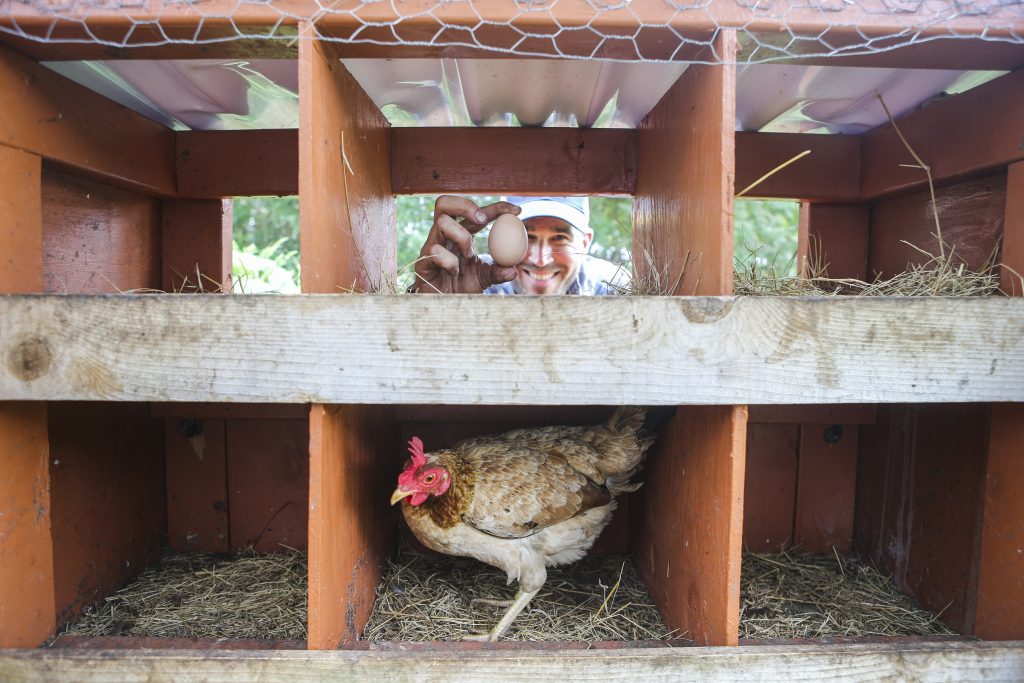
Now let’s say that you’ve decided to maximize your space and feed yourself with a Raised Bed Vegetable Garden. Where is best? What are best materials to build? Should I connect sprinklers? What soil do I use? If any one of these questions are not properly answered your green thumb could instantly become black. Here is an example of a home garden consultation and some of the things I consider:
LOCATION
1. Look for the sun: This is important for us because our main growing season is in the fall and winter months when the Earth’s tilt causes
the sun to drift to the south causing long shadows for anything facing north. Fruit-bearing plants require 8+ hours of sunlight, and anything less could cause bugs. I like an eastern-facing garden, but anything but north will work.
2. Water: Best is to connect your veggie garden to a battery-operat- ed timer to the hose spigot. Sure you could connect to the existing sprinkler system, but the frequency and duration are often not good for what we are trying to accomplish.
3. Proximity: Keep the garden close to where you already hang out. You don’t want to be tempted to shake the basil flakes from the cab- inet because you don’t want to go WAY out to the garden. If it’s not possible due to sun exposure, then create a new hang out area by the new garden.
DESIGN
Now that you know where the garden is going, time to design and build. When coming up with a design, keep in mind that a raised bed should never be wider than four feet wide, otherwise you will have to step into the box to reach the plants in the center. Also, if the garden can only be accessed from one side because it runs along a fence, then you want to make it no wider than two feet wide. The layout should be aesthetically pleasing.
Considering the height of the beds, 16” tall is the most common height. At this height you do not have to crawl around on the ground, and it provides for adequate soil depth for perennials or plants that can live for multiple years. Anything higher is good for looks and for people with bad backs, but keep in mind the higher you go the higher the cost of wood and soil.
Something new to consider are iguanas. They are vegetarians and love all the same veggies we eat. If you have seen iguanas in your neighborhood, it will be best to protect your garden. Most of the gardens I install now are protected. You can build a cage for the top to keep them out, which is unfortunately the only way to protect your veggies.
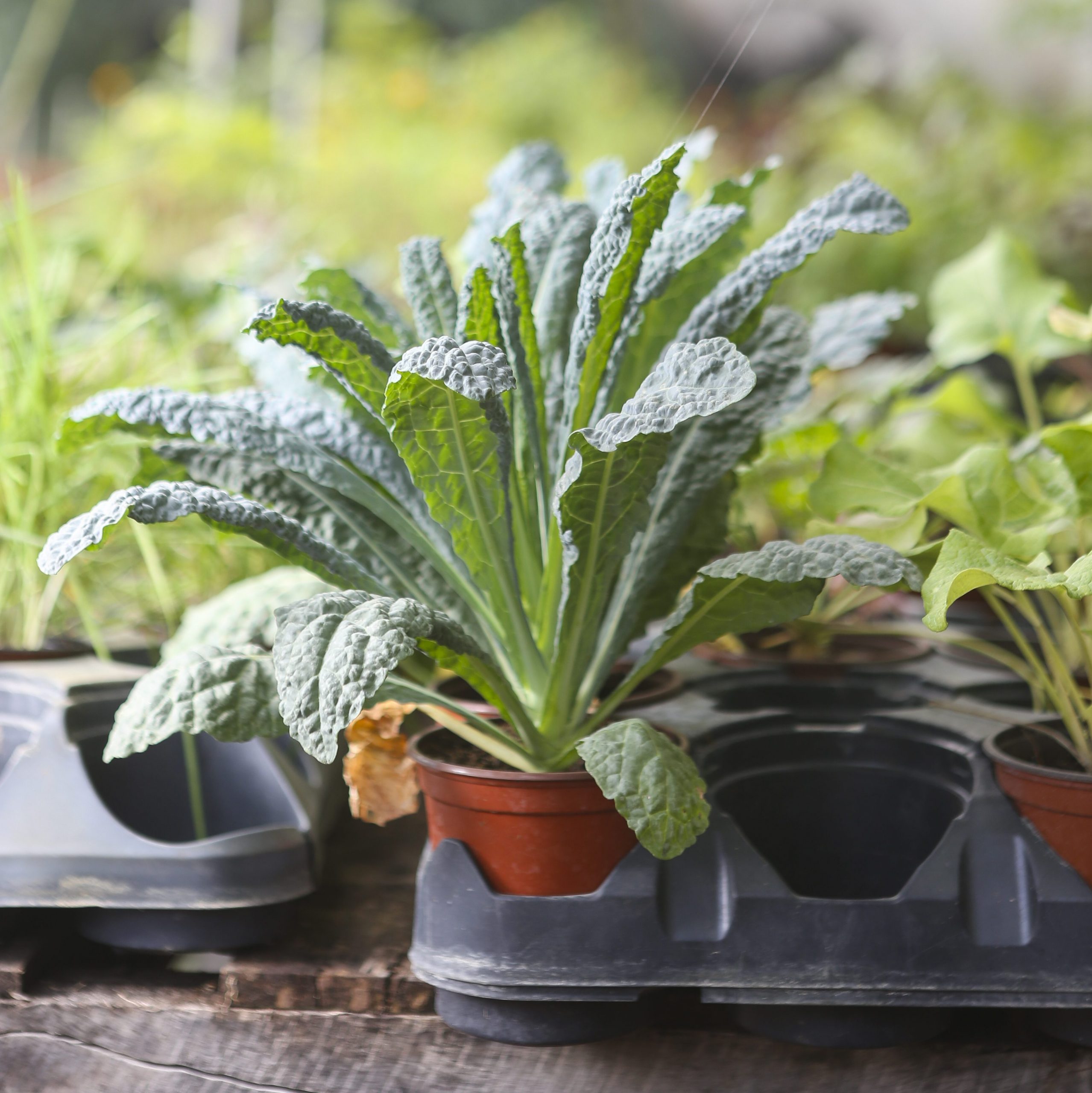
BUILD
Ready to build? You are looking for cedar wood, which you can get from big box home improvement stores, and I use 2”x8” boards to build my gardens. Cedar oils are naturally rot resistant and will last approximately eight years left raw. You can seal the boards or use a technique like Shou Sugi Ban to not only give the wood a different appearance, but also preserve the wood to last longer.
Before installing the garden, prep the area and level the ground. Next, lay out the irrigation lines and then put down a ground cloth fabric or WeedBlock before placing the beds. Be sure to use a fabric that will last, and not cardboard or newspaper. You want a commer- cial-grade fabric like they use at the plant nursery. Now the beds can go in position and be filled with soil. The soil you want is a potting mix and not a top soil. You get what you pay for so don’t skimp, otherwise you may not get the results you want or, even worse, it might be full of weed seeds.
FERTILIZE
The garden is installed now and ready to fertilize and plant. For fertil- izer I look for three main components.
1. Macro nutrients: This is N-P-K or nitrogen, phosphorus, and po- tassium. They are the main nutrients plants need to grow, but not the end all be all.
2. Micro nutrients/Minerals: It is through mineral absorption that the plant produces secondary metabolites, which increases cell structure and the plant can protect itself. We get minerals from two places on Earth, volcanos and the ocean, so anything derived from these sourc- es will add minerals.
3. Probiotics: Lots of ways to add biology to the soil. The most com- mon is compost, but often hard to find unless you are making it your- self. Worm castings are what I use and is a very concentrated form of compost. The worm feeds on bacteria and fungus in the soil, but also eats all the predators (nematodes and Protozoa) at the same time because they don’t have eyes. Well when they eat these microscop- ic critters they extract the nutrients they need, but don’t actually kill them. So when the worm goes to the bathroom, locked in suspension in each worm casting (worm castings are poop, not sure why they call it that!) are all the organisms of the soil food web. There are other forms of probiotics in liquid and water soluble forms as well.
Don’t miss out on any of these soil amendments otherwise you could get bugs. You see, insects are a symptom of the failing crop, not the reason it’s failing. If plants are healthy, they are immune just like us. So if you see bugs eating a plant, especially on the new growth or
the reproductivity of the plant, then you know you have an imbalance. It is your job as the farmer to figure out why. Other than not properly balanced fertilizer, some other things that cause immune imbalanced plants include water (too much or not enough), not enough sunlight, or wrong season for the plant. So before you start killing bugs, try and figure out why they are there.
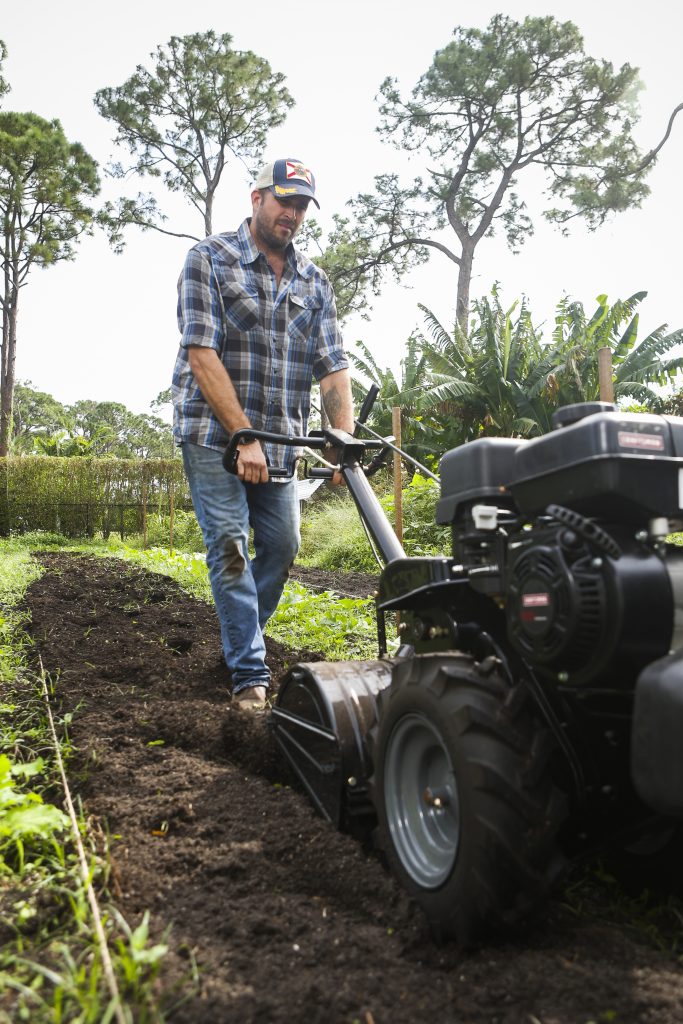
Lastly I’ll give you the best advice I was ever given about gardening…If you have a dollar to spend in your garden, spend it in a positive way. Positive + positive = positive always, so you can’t go wrong. I think there is enough war in the world, so why start a war with nature? Take care of Mother Nature and she will always reward you tenfold.
Good luck, and Happy Gardening! I’d love to see some of your gardens so tag me @farmerjay1. Remember, it’s cool to #GrowSomething.
Visit www.myfarmerjay.com to learn more about installing your home garden.
